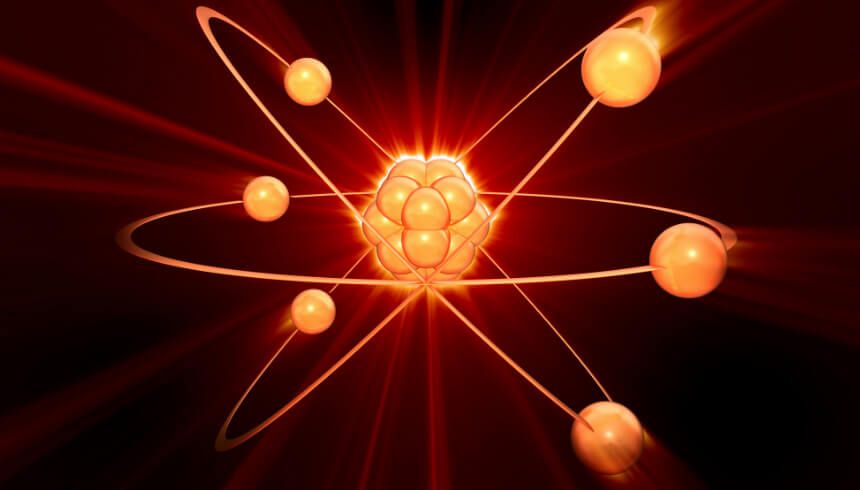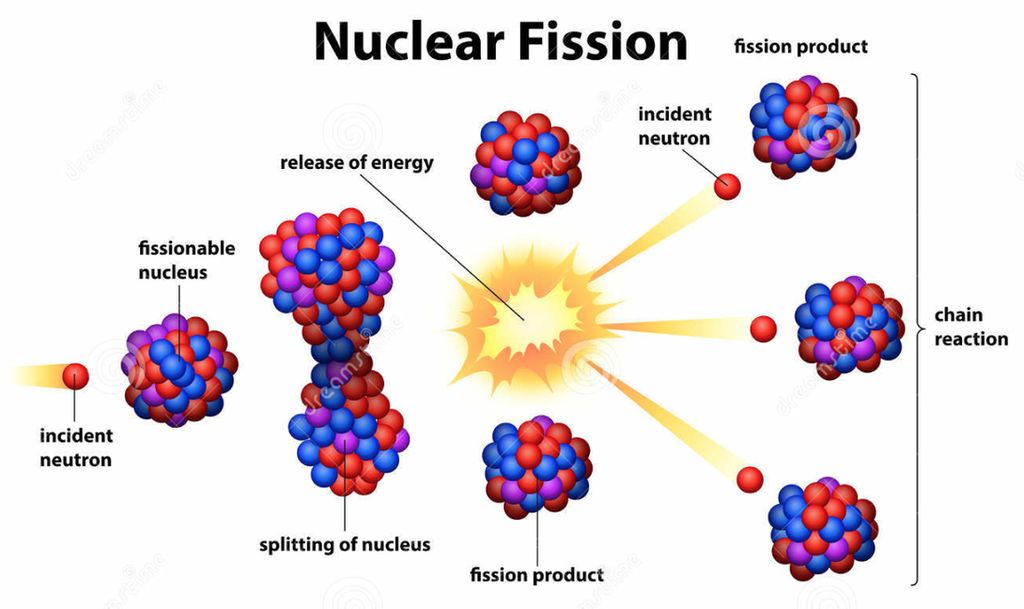Nuclear Energy And Fission And Fusion
Jul 01, 2019 • 13 views
The sun is the main source of energy, for example, wind energy, the water-energy of fossil fuels and energy of our food, all are ultimately from the sun's energy, the plants trap this energy during photosynthesis and from plants this energy flows to other living organisms.
Now, these days there are new devices like solar cookers, solar heater, solar cells and solar power plants that are being used to convert a small fraction of the sun's energy falling on earth into a usable form of energy.
We receive the sun's energy in the form of three types of waves all having different wavelength ranges these are:
Ultraviolet Rays have the shortest wavelength & are invisible to the eyes.
Visible Lights are visible to the eye and have a wavelength range from about 4/10000000 m to 7/10000000m.
Infra-Red Rays have the longest wavelength and are also invisible to the eyes.

Nuclear Energy: The energy released by the fission of a big nucleus of an atom into smaller nuclei, or by the fusion of joining of smaller nuclei into a bigger nucleus, is called nuclear energy. Also, because it originates from the nucleus of an atom, it’s called atomic energy. An atom consists of a small positively charged heavy nucleus containing protons and neutrons, with the negative charge light electrons revolving around the nucleus in the circular path called orbits.

Nuclear Fission: Nuclear fusion is the process in which an unstable nucleus of a heavy atom like uranium 235 splits up into two medium-weight nuclei with the liberation of the enormous amount of energy, this process is carried out by bombarding of the heavy nuclei within neutrons. Most of the uranium occurring in nature is in the form of uranium 238 isotope & very small percentage of uranium 235 isotope occurs in nature, but the uranium 235 is one of the elements which can undergo fusion easily by the action of slow moving neutrons because its nucleus is very unstable. The chain reaction of nuclear fission is used in an uncontrolled way in an atom bomb and in a controlled way in a nuclear reactor, the conversion of uranium 238 into fissionable uranium 235 is called an Enrichment of Uranium. Various nuclear stations in India situated in Kota, Tarapur, Kalpakkam, and Trombay.

Nuclear Fusion: Nuclear Fusion is the process in which two nuclei of light atom combine to form a heavy and more stable nucleus with the liberation of a large amount of energy, this nuclear fusion is a source of sun's energy( gemas of sun is about 1029 tonnes and its temperature is very high about 4*106 °C and at this high-temperature velocity of hydrogen atom is very high), when two hydrogen atoms fuse at very high-velocity temperature then helium atom is formed and enormous amount of energy is released, one gram of hydrogen in the sun releases 62*109 joules of energy.
In this modern world when energy is required in huge amount nuclear energy is the alternative source of fossil fuels, though the energy-producing is cheap yet the process is costly, cumbersome and risky. The release of radiation from the reactor may cause large scale destruction, Moreover disposal of used radioactive waste in environmental hazards and also not many countries in the world have the know-how and capacity to build the reactors.
